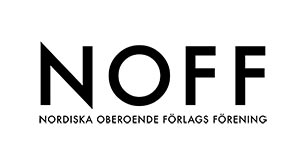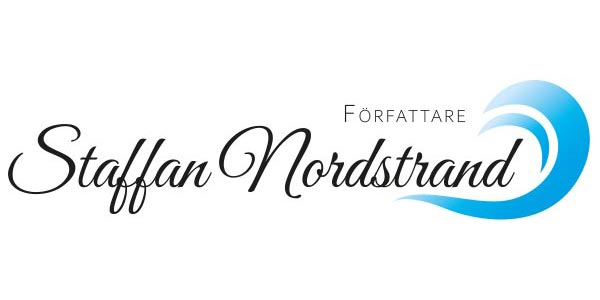
Theories and perspectives for midwifery : a Nordic view

| Författare | |
|---|---|
| Medverkande | |
| Förlag | Studentlitteratur AB |
| Genre | Medicin |
| Format | Häftad |
| Språk | Svenska |
| Antal sidor | 302 |
| Vikt | 530 gr |
| Utgiven | 2022-11-01 |
| SAB | Vgab |
| ISBN | 9789144143194 |
Midwifery has a strong position in the Nordic countries, and a history over several centuries as a profession with a professional responsibility for normal birth. Even if midwifery has a long tradition, the theoretical base needs to be developed for midwives and other professionals in the field.
The idea behind this book is to describe and discuss Nordic midwifery related to its own context as well as in an international perspectve. The book is divided into three parts. Part 1 presents midwifery in its Nordic context. Part 2 presents theories, concepts, and perspectives in midwifery, such as evidence-based midwifery, perspectives on childbearing, salutogenesis, normal birth, midwife–woman relationship, woman-centred care, family-centred care, continuity of care, place of birth, and support.
The editors of this book have chosen these theories, concepts, and perspectives as they are central to international midwifery and also are used by Nordic researchers. The third part of this book consists of eight chapters presenting examples of theories and concepts developed in the Nordic countries. This part also includes a chapter about continuity of care in a Danish context, the only Nordic country with this care model.
The target groups for this book are midwifery students, PhD students, and researchers as well as midwives, obstetricians, nurses, and other health professionals.
The idea behind this book is to describe and discuss Nordic midwifery related to its own context as well as in an international perspectve. The book is divided into three parts. Part 1 presents midwifery in its Nordic context. Part 2 presents theories, concepts, and perspectives in midwifery, such as evidence-based midwifery, perspectives on childbearing, salutogenesis, normal birth, midwife–woman relationship, woman-centred care, family-centred care, continuity of care, place of birth, and support.
The editors of this book have chosen these theories, concepts, and perspectives as they are central to international midwifery and also are used by Nordic researchers. The third part of this book consists of eight chapters presenting examples of theories and concepts developed in the Nordic countries. This part also includes a chapter about continuity of care in a Danish context, the only Nordic country with this care model.
The target groups for this book are midwifery students, PhD students, and researchers as well as midwives, obstetricians, nurses, and other health professionals.























